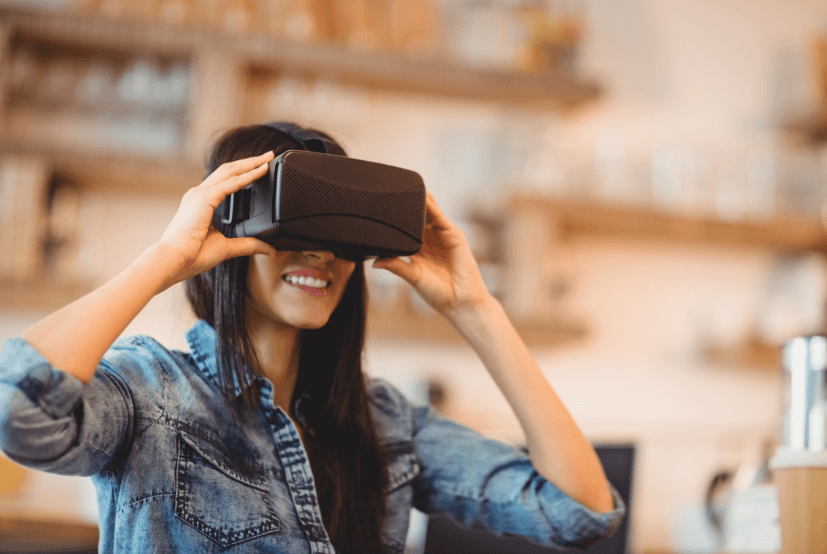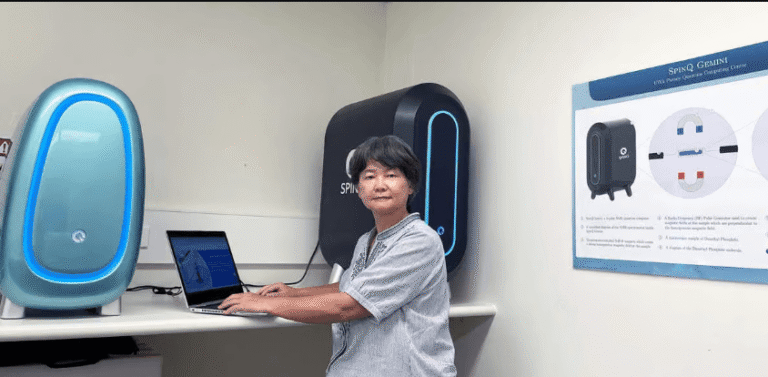Augmented Reality vs. Virtual Reality: What’s the Difference?
Introduction
The world of technology is constantly evolving, and two of the most exciting innovations to emerge in recent years are Augmented Reality (AR) and Virtual Reality (VR). While both technologies are immersive and interactive, they serve different purposes and offer unique experiences. In this article, we will explore the key differences between AR and VR, their applications, and their potential to shape the future of entertainment, business, and everyday life.
What is Augmented Reality (AR)?
Augmented Reality (AR) is a technology that overlays digital content, such as images, videos, or sounds, onto the real world. Unlike virtual reality, which creates an entirely artificial environment, AR enhances a user’s perception of the real world by adding virtual elements to it. AR can be experienced through smartphones, tablets, or specialized AR glasses, allowing users to interact with the digital content in real-time while still seeing their physical surroundings.
See also: Augmented Reality vs. Virtual Reality: What’s the Difference?
Examples of Augmented Reality:
Pokemon GO: One of the most popular examples of AR in recent years, this mobile game allows players to catch virtual Pokemon in the real world by using their smartphone cameras.
AR Navigation: AR is being used in navigation apps to display directions over real-world images, guiding users with arrows and labels directly on the street view.
Snapchat Filters: Snapchat and other social media apps have made use of AR to add filters and effects to live video, such as animal faces or dramatic lighting changes.
Retail and E-Commerce: AR allows consumers to virtually try on clothes or see how furniture would look in their homes before making a purchase.
What is Virtual Reality (VR)?
Virtual Reality (VR) is a technology that immerses users in a completely artificial, computer-generated environment. Unlike AR, which supplements the real world with digital content, VR creates an entirely new world for the user to experience. VR typically requires specialized equipment, such as a headset (e.g., Oculus Rift or HTC Vive), and often includes motion-tracking controllers to allow users to interact with the virtual environment.
Examples of Virtual Reality:
VR Gaming: VR gaming provides an immersive experience where players can interact with a 3D environment, such as in games like Beat Saber, Half-Life: Alyx, or Superhot VR.
Virtual Tours: VR allows users to take virtual tours of distant locations, such as museums, historical sites, or even outer space, without leaving their home.
Training Simulations: VR is used in industries such as aviation, healthcare, and military for training purposes, allowing users to practice real-world scenarios in a safe, controlled environment.
Virtual Meetings: VR is also being explored for remote collaboration, where users can attend meetings in a virtual conference room, enhancing the experience of telecommuting.
Key Differences Between AR and VR
Interaction with the Real World
AR: Augmented Reality blends digital elements with the real world. Users can still see and interact with their physical environment while viewing virtual objects. For example, you might see a 3D model of a chair overlaid in your living room, but you can still walk around and interact with your surroundings.
VR: Virtual Reality creates a completely separate, immersive world, isolating users from the real world. When you wear a VR headset, you are fully immersed in a virtual environment, and the physical world around you is blocked out.
Equipment Requirements
AR: AR can be experienced on a variety of devices, including smartphones, tablets, and AR glasses. The technology typically requires only a camera and a screen to display the digital elements.
VR: VR generally requires more specialized equipment, such as a headset and controllers. The experience is more immersive, and the hardware typically needs to be more powerful to render the virtual environment in real-time.
Immersion Level
AR: AR provides a relatively low level of immersion because it only enhances your perception of the real world. The virtual elements exist alongside the real world, allowing for interaction with both simultaneously.
VR: VR offers a high level of immersion by placing users in a completely virtual environment. Everything that you see and interact with is created by the system, and the physical world is shut out entirely.
Applications and Use Cases
AR: Augmented reality is often used for applications that enhance or complement the real world. This includes gaming, retail, education, healthcare, and navigation.
VR: Virtual reality is used in applications that require full immersion, such as gaming, simulations, virtual tours, and remote collaboration.
The Impact of AR and VR on Various Industries
Entertainment and Gaming
Both AR and VR have made significant impacts on the entertainment and gaming industries. VR gaming, in particular, offers an immersive experience, allowing players to feel as though they are inside the game world. AR, on the other hand, has allowed for the development of location-based mobile games like Pokemon GO, where virtual creatures interact with the player’s environment.
In the future, we may see more hybrid experiences that combine AR and VR to create a seamless experience. For instance, a game might use AR to place virtual characters in real-world locations but then switch to a VR environment for specific action scenes.
Education and Training
Both AR and VR are transforming education and training, providing interactive and immersive learning experiences. VR allows students to explore virtual environments that would be difficult or impossible to visit in real life. For example, medical students can practice surgeries in VR, and history students can visit ancient civilizations.
AR is being used in classrooms to provide interactive lessons where students can explore 3D models of the human body, learn about the solar system, or even see historical events unfold in real time. The interactivity and engagement provided by AR and VR are enhancing the learning experience.
Retail and E-Commerce
AR has already made a significant impact on retail, allowing customers to try on virtual clothes, visualize furniture in their homes, or see how makeup will look on their face without physically trying it. These experiences are enhancing customer engagement and improving the shopping experience.
In contrast, VR is being used by companies to create immersive virtual stores, where customers can browse and purchase products as if they were in a real shop, even when shopping from home.
Healthcare
In healthcare, VR is being used for medical training, allowing doctors and surgeons to practice complex procedures in a safe and controlled environment. It also helps patients manage pain or anxiety through therapeutic VR environments.
AR is being used to assist surgeons by overlaying critical information, such as medical images, directly onto the patient during surgery, improving precision and reducing the risk of errors.
The Future of AR and VR
The future of AR and VR is incredibly exciting, with both technologies continuing to evolve rapidly. AR is expected to become more integrated into everyday life, with advancements in wearable devices like smart glasses that provide real-time information without the need for a phone or screen. As AR becomes more advanced, it will continue to enhance the way we interact with the world around us, from shopping to education and beyond.
Meanwhile, VR will continue to push the boundaries of immersive experiences, with improvements in hardware that provide more lifelike visuals and tactile feedback. Virtual reality could transform industries such as entertainment, travel, education, and even remote work, offering new ways to interact with people and information.
Conclusion
While both Augmented Reality (AR) and Virtual Reality (VR) share some similarities in their ability to create immersive, interactive experiences, they serve different purposes and offer unique advantages. AR enhances the real world by overlaying digital elements, making it ideal for applications like gaming, shopping, and education. VR, on the other hand, offers complete immersion in a virtual environment, making it ideal for gaming, training, and simulations.
As both technologies continue to evolve, they are set to play an even larger role in transforming how we interact with the world and each other. Whether it’s through the real world or in an entirely virtual space, AR and VR are paving the way for exciting innovations in every industry.






